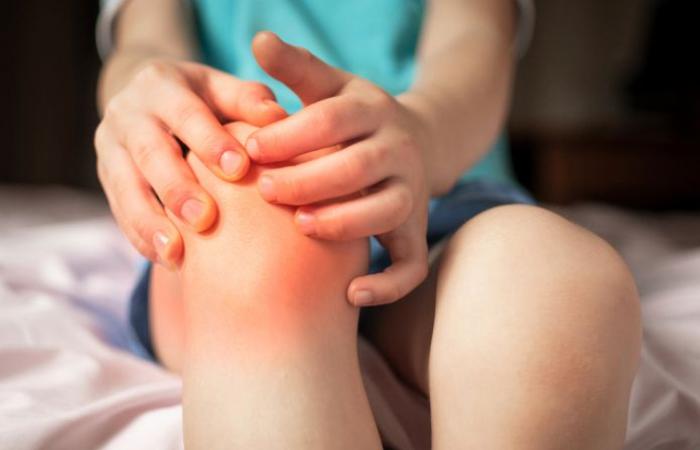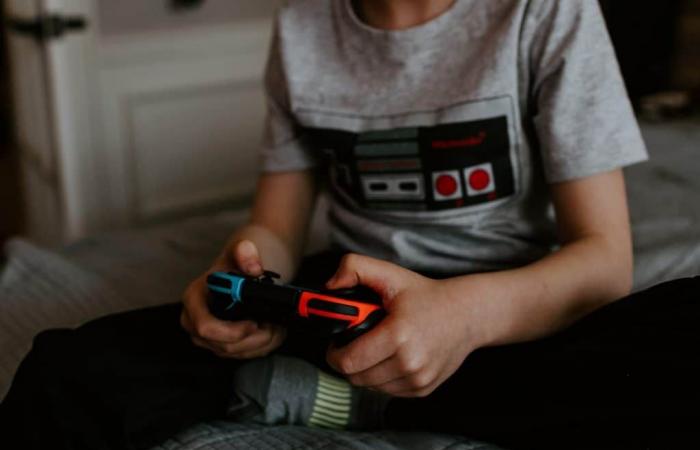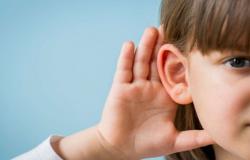A new Brazilian study showed that around 27% of Brazilian children and adolescents suffer from pain in their bones, ligaments and muscles without a specific cause. The condition is called musculoskeletal pain, but it faces challenges when diagnosing it, as there is no standardization for concepts or treatment.
Read more:
Unexplained pain
The Ministry of Health estimates that more than 35% of Brazilians over 50 years of age have chronic pain. However, the prevalence of this condition in children and adolescents is still poorly studied.
Furthermore, when they are, the data are uncertain due to the lack of standardization in concepts and diagnosis.
According to Tiê Parma Yamato, coordinator of the study published in Brazilian Journal of Physical Therapythe number of young people with musculoskeletal pain can vary between 4% and 40%, precisely due to the lack of standardization.
In Brazil, the variation is between 20% and 45%. However, at FAPESP Agencyshe highlights that most work in this regard does not consider specific conditions and the impact of pain on young people’s daily lives, and was carried out on a small scale.
New study analyzes unexplained pain in children in Brazil
Thus came the new study to estimate the prevalence of unexplained pain in Brazilian children. See how it was done:
- 2,688 children and adolescents with an average age of 12 years participated in the research. They came from 28 public and private schools in the city of Fortaleza (in Ceará) and Itu, Salto, São Sebastião and São Paulo (in São Paulo);
- The young people had to answer a questionnaire with questions about occurrences of pain in the cup that could impact their daily life, such as missing school or preventing them from carrying out daily activities;
- 728 (27.1%) of the children reported that they felt some of these pains up to 30 days before the questionnaire. 51.8% cited the back as the affected area; 41.9% cited the legs and 20.7% the neck;
- The children who felt the most pain were the oldest ones (in late adolescence), who had a worse relationship with their family, had negative psychosomatic symptoms, less quality of life (something that was also assessed by the questionnaire) and spent more time watching TV or playing video games;
- Yamato recalls that, despite this conclusion, the causal relationship was not the focus of the study.
Growing pains?
The research also used a questionnaire to assess parents’ attitudes when listening to their children’s complaints. In 17% of cases, older people underestimated the pain.
One of the factors that may explain this is the myth of “growing pains”, discomfort in the lower muscles supposedly due to growth. However, Yamato points out that no studies have proven that “growing up” actually causes pain.
Importance of research
The research warns against this type of condition, as there is no specific treatment for it. In fact, health systems do not have a standardized protocol to deal with complaints of this type.
For Yamato, the importance is to understand the numbers of musculoskeletal pain in the young population to also reduce chronic pain in adults.
A follow-up study by the same group of researchers is looking at children for a year and a half to understand the duration of pain and the financial impact on the healthcare system.
Tags: Brazilian children unexplained pain







